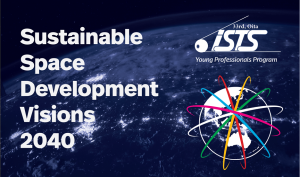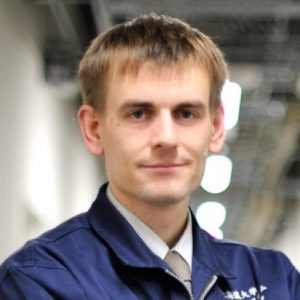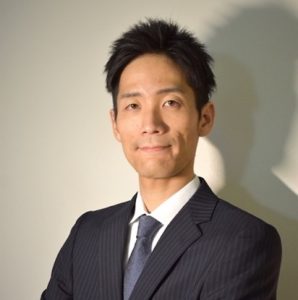
Last updated on January 17, 2022
Start Accepting!
Background and Purpose
In the 2020s, space activities will reach a turning point due to the rapid growth of the commercial space sector and the development of new infrastructures such as lunar orbital gateways and space transportation systems. In the future, it will be necessary to think about space development visions involving not only national government organizations and academic institutions but also with private companies. In addition, "sustainability" is an indispensable keyword for future space development visions. Sustainability here includes not only environmental sustainability, such as debris management and planetary protection, but also economic sustainability, allowing space development without dependence on governmental budgets. Therefore, the ISTS will hold a program in which students and young professionals from the industry, the academia, and the government can work together on the building blocks of sustainable space development visions for 2040. Through this activity, we aim to create a team that can not only draw cross-sectional visions, but also break through the vertical divisions of occupations and fields, to solve problems as one.
Activities
Six teams (about six members each) will be formed to discuss sustainable space visions. Each team will discuss "themes to be solved for 2040" and present and discuss their vision for solving the issues at the plenary session of ISTS on March 3, 2022.
 |
Discussion Themes
Team α. Technological innovation
The space technological landscape as we know it will undergo drastic changes by 2040 with the development of advanced infrastructures for planned Lunar and Martian missions, the deployment of mega-constellations of satellites and the widespread use of on-orbit servicers, as well as many other technologies yet to be invented. What could be the space technological landscape in 2040 and beyond? How can we trigger and promote such innovation?
Team β. Moon/Mars city and space resource utilization
The current space exploration plans of various countries include the installation of permanent settlements on the Moon or Mars, contingent on the utilization of in-situ resources. This team will look at the challenges and opportunities brought by long-term human presence on other celestial bodies.
Team γ. Environmental protection (e.g., debris management, planetary protection)
The acceleration of global space activities is posing an unprecedented threat to the space environment, both in useful geocentric orbits and beyond. Will the global space community manage to preserve the long-term sustainability of space activities? What should be done to achieve this goal?
Team δ. Industry-academia-government collaboration
The global diffusion of space technologies and the increased reliance on space technologies in the daily functioning of our societies have intensely complexified the management of space activities, hence ending the monopoly of large governmental agencies and requiring the collaboration of all types of stakeholders. What will be the place, role and relative weight of the industry, academia and the government in the conduct of space activities in 2040 and beyond?
Team ε. International collaboration
The Outer Space Treaty of 1967 defined space as the "province of all mankind". International collaboration has been at the core of space activities since their inception, whether turned towards to skies with extraordinary joint space explorations missions to the edge of the Solar System or turned towards the Earth to use satellite technologies to solve challenges jointly faced by the whole of mankind. This team will look at the future of international collaboration in space, not only among major space powers and but also with and among emerging space actors.
Team ζ. Raison d'e^tre of Japan in Space Development
By 2040, more and more countries will enter space exploration, and the number of advanced space countries will also grow dramatically. How will Japan be able to demonstrate its value in such an era? What are the strengths and weaknesses of Japan's space development, and what can be done to develop its strengths and overcome its weaknesses?
Schedules
Important Dates (in Japan Standard Time, JST)
| January 31 | Deadline of the application (Participants will be selected by lottery) |
| February 7(TBD) | Confirmation of the team members |
| February TBD* | Ice breaking and brainstorming #1 (Online) |
| February TBD*(During ISTS) | Brainstorming #2 and networking (Hybrid) |
| March 314:00-15:40 | Pitch and panel discussion in the plenary session (Hybrid) |
* The detailed schedule will be decided based on the availability of team members.
How to Apply
Please access the following website or QR code. Although this is a project for young people, there are no age or specialty restrictions. Please note that the final participants will be selected by lottery based on the number of applications received.
https://forms.gle/GeuRuysEgYcFr7Ax8
 |
Organizing Committee Members
Contact Information
| Naoya Ozaki (ISAS, JAXA) | <ozaki.naoya[at]jaxa.jp> |
| Quentin Verspieren (University of Tokyo) | <q.verspieren[at]pp.u-tokyo.ac.jp> |











